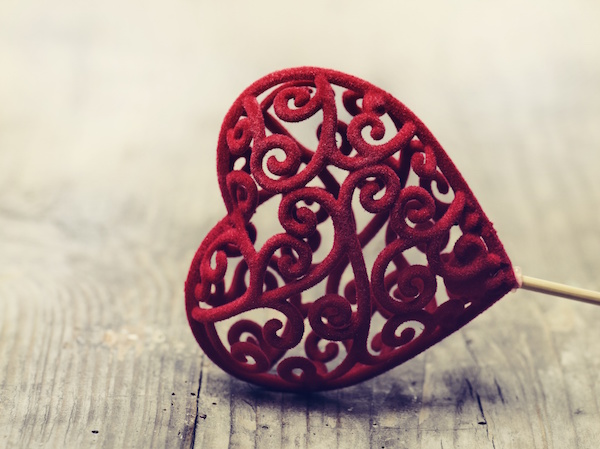MONDAY, Oct. 3 (HealthDay News) — Even mild strokes can result in serious but unrecognized disabilities, such as depression, vision problems and difficulty thinking, according to a new study.
The findings, released Monday at the Canadian Stroke Congress in Ottawa, suggest new guidelines are needed on the treatment and management of mild strokes, the researchers said.
“There is no such thing as a mild stroke,” said study co-author Annie Rochette, of the University of Montreal, in a news release from the Heart and Stroke Foundation of Canada. “These patients face huge challenges in their daily lives.”
After interviewing 200 stroke victims within six weeks of having their first stroke, the researchers found a high rate of sleeplessness and depression among the participants. Nearly 25 percent were clinically depressed. The stroke patients also reported a significant drop in their perceived quality of life, the study revealed.
The researchers said treatment for symptoms of depression, such as fatigue, loss of appetite, lack of concentration, disturbed sleep and thoughts of suicide, should be an important part of recovery for mild stroke patients.
The participants’ average age was 62 years — younger than the typical age for a severe stroke, which is over 65. About 40 percent still worked before they had their stroke and they were worried about returning to their jobs.
Other mild stroke patients interviewed were concerned about caring for their families and being able to drive. Many feared another stroke and felt uncertainty about the future, the researchers found.
“People who have had a mild stroke are five times more likely to have a stroke over the next two years than the general population,” Dr. Michael Hill, Heart and Stroke Foundation spokesperson, said in the news release. “Proper treatment and management of risk factors can help prevent another stroke.”
Despite these worries, few of the mild stroke victims were screened for problems with their vision or mental abilities, which are often less obvious than problems with movement. The authors noted that nearly 25 percent of mild stroke patients are only treated in an emergency room and not seen by occupational therapists, neuropsychologists or speech therapists.
“Patients are told to see their family doctor, but given no other tools or rehabilitation,” added Rochette. “When they go to drive again, some people are too afraid to get behind the wheel.”
New treatment guidelines, including more accessible rehabilitation services, would help more people get needed care, the researchers concluded.
More information
The U.S. National Institute of Neurological Disorders and Stroke provides more information on stroke rehabilitation.

